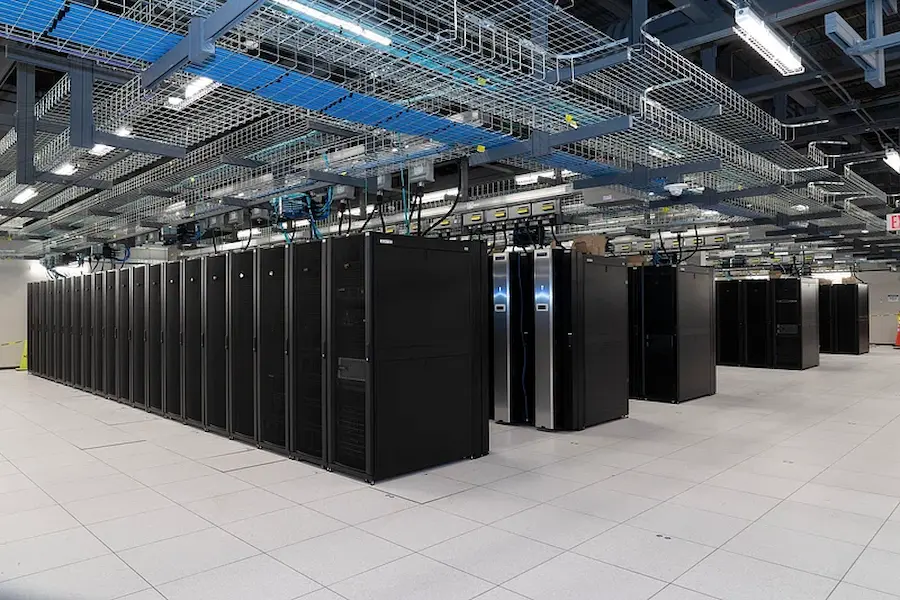Introduction to Data Center Rack Systems
Data centers are the backbone of the digital age and manage every byte of data that flows through networks. They store this data in physical locations called facilities. Rack systems are at the core of these technological fortresses, organizing and supporting crucial IT equipment such as servers and switches. These rack systems provide storage solutions and play a significant role in optimizing data center operations. They affect power distribution, cooling, cable management, and overall accessibility. As data traffic and storage demands continue to grow exponentially, the efficiency and scalability of data centers rely on these vital rack structures, making them a crucial component for any organization that depends on robust IT services.
The Role of Rack Systems in Data Center Optimization
The importance of rack systems in data centers must be recognized. They are instrumental in orchestrating a symphony of space utilization, power efficiency, and effective cooling, which work in concert to create an optimized data environment. Advanced rack systems Nashville, have evolved to accommodate high-density setups that handle increasing servers and networking equipment within the same footprint. This scalable approach ensures that businesses can adapt to rapidly changing technology without overhauling their infrastructure. By implementing advanced rack designs, data centers can future-proof their facilities, manage energy consumption more effectively, and create a conducive environment for mission-critical hardware to operate reliably and for a long time.
Benefits of Modern Rack Systems for Businesses
The march of progress in data storage and management demonstrates how vital modern rack systems have become for businesses seeking efficiency and reliability. These advanced systems offer several benefits, such as improved airflow management, allowing high-heat running equipment to cool more efficiently. Another significant advantage is modularity, which will enable businesses to expand or restructure their tech footprint without incurring significant overhead costs. Cable management systems have also become more sophisticated, transforming the inner chaos of past racks into a well-ordered layout that minimizes the risk of mismanagement and allows for easier access and troubleshooting. In a nutshell, these innovative rack systems not only support businesses’ critical operations but actively enhance their capability to be resilient and responsive in a swiftly moving technological landscape.
Advancements in Rack System Designs and Features
Current innovations in rack system design are propelling data centers into new realms of efficiency and functionality. These systems now incorporate adjustable mounts tailored to the varying sizes of IT equipment. These intelligent power distribution units can monitor and regulate energy use, and built-in cooling systems are designed to work with broader data center environmental controls. Smartly integrating these features within modern racks supports the push towards more energy-efficient and sustainable data center operations. They also allow for the denser packing of equipment without the risk of overheating, thus meeting the industry’s soaring demands for data processing power in an environmentally and economically conscious manner.
Choosing the Right Rack System for Your Business
Selecting the appropriate rack system is a strategic decision that can impact a business’s operations for years. This complex equation includes the physical size of IT equipment, anticipated growth rate, and specific environmental conditions within the data center. Suitability and compatibility with existing installations are also crucial, meaning that businesses must take a holistic view of their current infrastructure and future needs when contemplating a rack system investment. A well-chosen system will seamlessly blend in with current environments and technologies, providing a scalable foundation that can evolve with the company’s trajectory.
Installation and Maintenance Best Practices for Rack Systems
A sound rack system is characterized by its design and how well it is installed and maintained over time. Strategic planning is paramount during installation, with considerations for airflow planning to optimize cooling and the implementation of a structured cable management system to prevent operational hazards. Regular maintenance routines are equally important. These include inspecting for structural integrity, correctly ensuring power distribution functions, and confirming that cooling systems operate efficiently. Adhering to these practices ensures that a rack system remains stable, secure, and efficient throughout its lifecycle.
Visit the rest of the site In Tech Times for more interesting and useful articles. Thank you!




